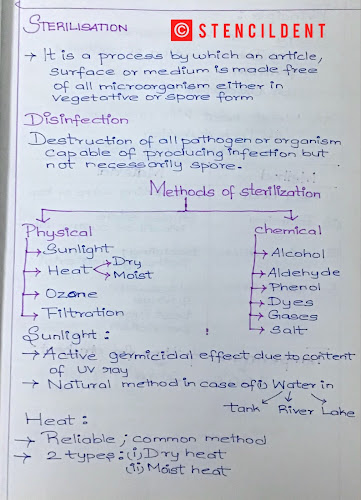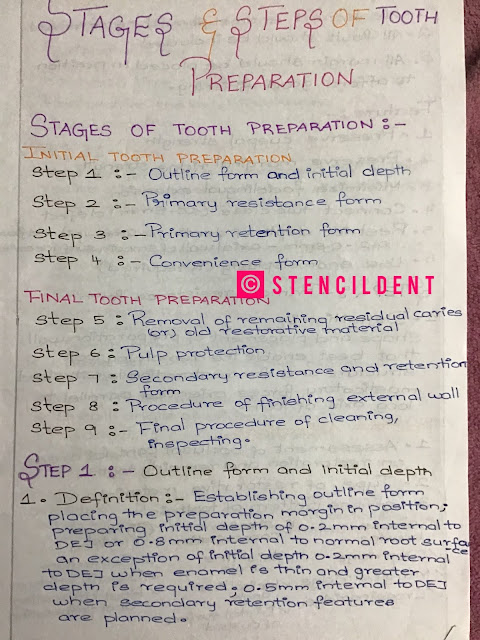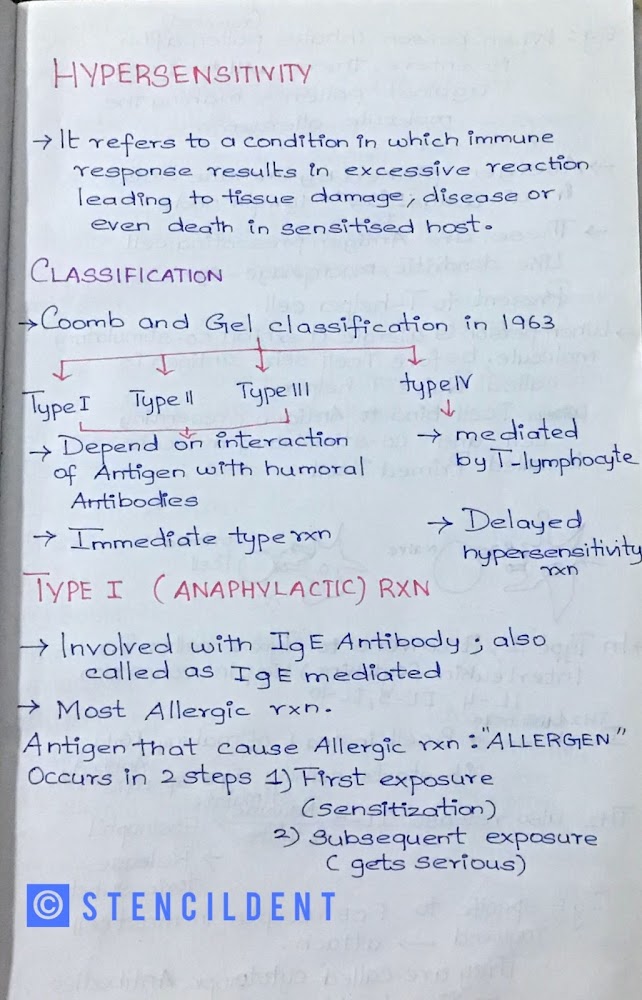Anaerobic Culture Methods - Microbiology Notes
ANAEROBIC CULTURE METHOD
Hello, doctor vanakam,
The topic of discussion for today is anaerobic culture methods as informed in the previous post on the healing of tissues https://www.stencildent.com/2020/07/healing-of-tissue-repairprocess.html if you haven't checked the previous post do check it out using this link without any further ado lets get started.
CONTENT :
1) INTRODUCTION
2)CLASSIFICATION OF ANAEROBE
3)METHODS TO ACHIEVE ANAEROBIOSIS
1) INTRODUCTION :
- Anaerobic bacteria have grown only in the absence of oxygen
- These conditions are called as anaerobiosis
- Anaerobic media are used for cultivation of anaerobic bacteria
- Types of anaerobes:
- Obligate, eg: Clostridium tetani,
- Aero-tolerant, eg: clostridium histolyticum
- Facultative
2) CLASSIFICATION OF ANEROBE:
ANAEROBIC BACTERIA
BACILLI COCCI
GRAM POSITIVE GRAM NEGATIVE GRAM POSITIVE GRAM NEGATIVE
CLOSTRIDIUM FUSOBACTERIUM PEPTOSTREPTOCOCUS VELIONELLA
SPECIES
C.PERFRINGEN
C.TETANI
C.BOTULINUM
3) METHODS TO CULTIVATE ANEROBEIC BACTERIA:
- 1) CULTIVATION IN VACCUM
- 2)DISPLACEMENT OF OXYGEN WITH GASES
- 3)CHEMICAL, BIOLOGICAL METHOD
- 4)REDUCTION OF OXYGEN IN THE MEDIUM
- It is an unsatisfactory method and is not in use now
- Fluid culture may over boil over the media may get detached from plates in the vacuum produced
2)DISPLACEMENT OF OXYGEN WITH GAS:
- Gases : hydrogen,nitrogen,helium ,carbon dioxide
- They rarely produce complete anaerobiosis
- It is an ineffective method is candle and jar method
- PROCEDURE:
- In an airtight container inoculated plates are placed inside
- Lighted candle kept in it before the lid is sealed
- Before candle extinguish, it uses up all the oxygen inside and some amount of oxygen is left behind
- The jar provides a concentration of carbon dioxide to stimulate the growth of bacteria
3) CHEMICAL, BIOLOGICAL METHOD:
- This method was introduced by Buchner
- In an airtight jar: pyrogallic acid and sodium hydroxide this reaction result in a small amount of carbon monoxide to get produced but this might be inhibitory to some bacteria
- ROSENTHAL METHOD:
- In this method instead of pyrogallol, a mixture of chromium and sulphuric acid is used
- MC INTOSH FILDE ANAEROBIC JAR METHOD:
- CONSISTS OF:
- stout glass/metal jar
- metal lid
- inlet
- outlet
- electric terminal
- catalyst
- indicator
- PROCEDURE:
- In an airtight container, culture plate inoculated with specimen are placed with an indicator
- The lid is clamped tight the outlet tube connected to a vacuum pump, and the inlet tube is closed.
- The air inside is evacuated and the outlet tube is closed
- Hydrogen gas is passed through inlet tube till reduced atmospheric pressure =normal atmospheric pressure
- Electric terminal are switched on to heat the catalyst
- Catalyst help to combine hydrogen and residual oxygen to form water
- GAS PAK METHOD:
- It is a simple effective method in eliminating the need for drawing a vacuum and adding hydrogen
4) REDUCTION OF OXYGEN IN THE MEDIUM:
- Reducing agents: 1% glucose,0.1%thioglycolate
- Thioglycolate broth with hemin and vitamin k is an enriched medium
Fastidious anaerobe in culture quantitative, anaerobic chamber
Upcoming post :
The next post is about hypersensitivity reaction and in detail about type 1 hypersensitivity reaction and mediators of reaction.
I hope you all liked the post if u understood do let me know in the comment section as this will motivate me to post more such content.
NOTE: For classification of anaerobe refer the picture I have added while viewing on mobile there might be some changes hope you understand.







Comments
Post a Comment